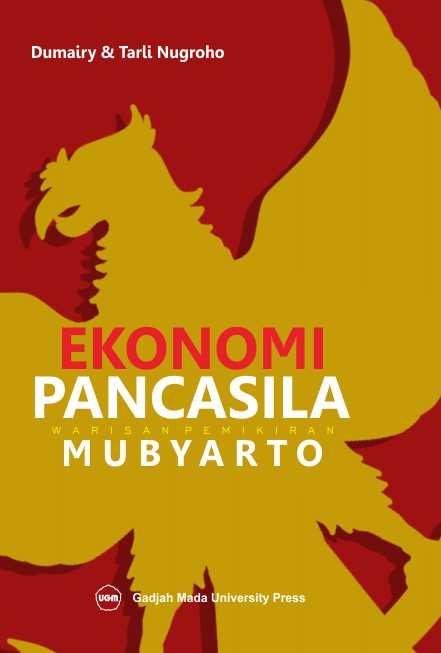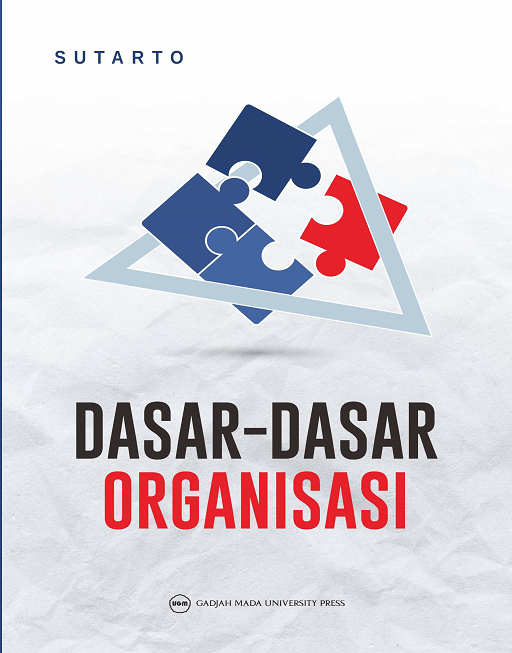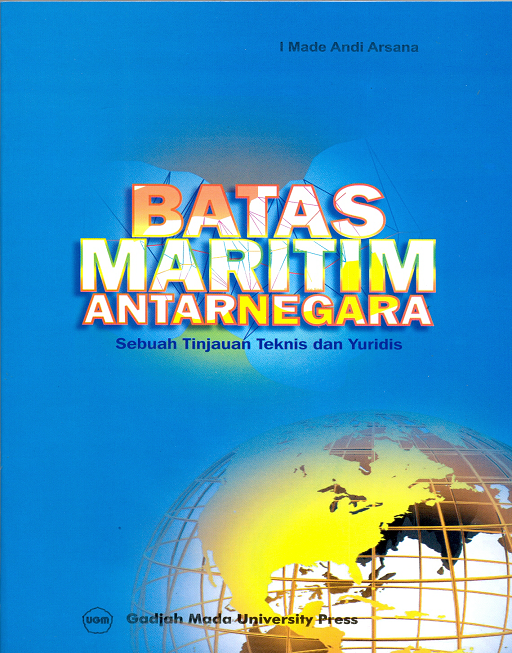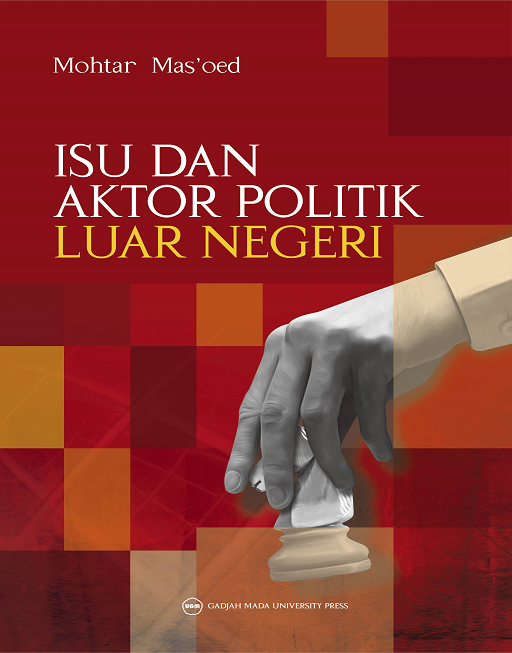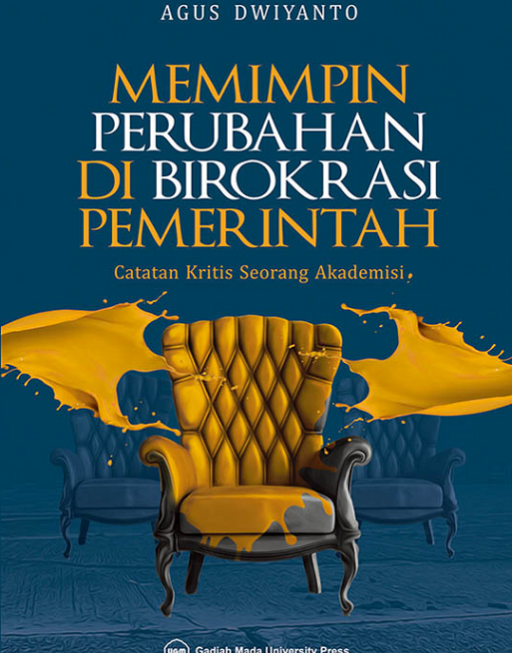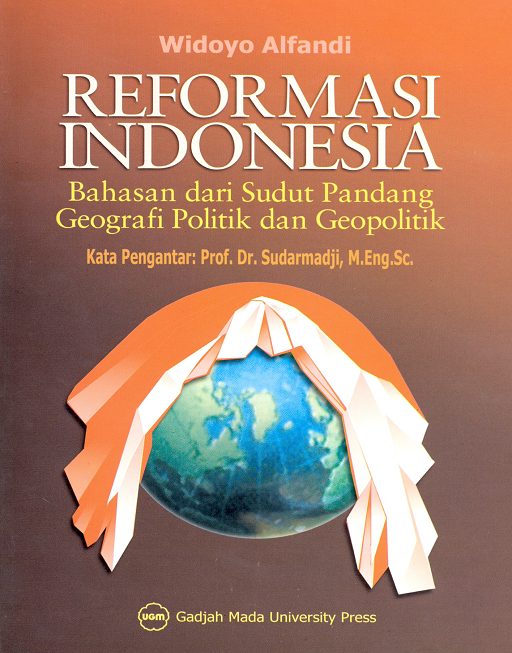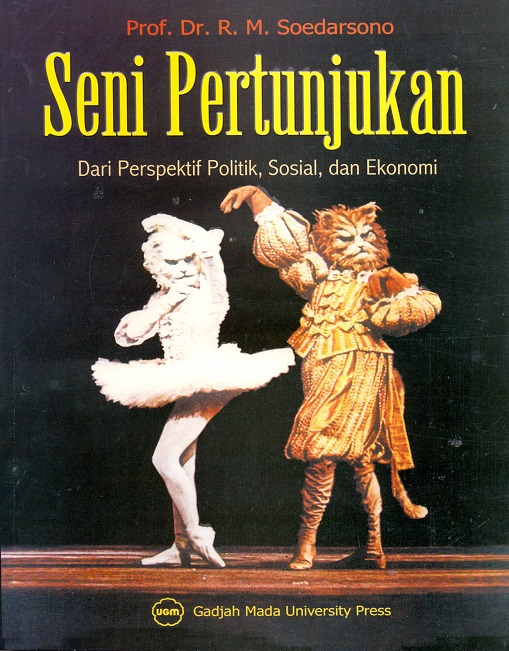Detail Produk
Ekranisasi Awal: Bringing Novels to The Silver Screen in The Dutch East Indies
Budaya
Share this :
Penulis: Christopher A. Woodrich
ISBN: 978-602-386-262-7
Dilihat: 5746 kali
Stock: 0
Ditambahkan: 25 October 2017
In this turbulent background, the social act of adapting films from novels emerged. This phenomenon began in 1927 with the adaptation of Eulis Atjih by G. Krugers and ended in 1942—before the Japanese occupation—with the adaptation of Siti Noerbaja by Lie Tek Swie. A total of eleven films were adapted from eight novels in the Indies. Only one author had multiple works adapted, and two novels were adapted more than once. The nine producers and directors involved in adapting novels came from a variety of ethnicities. The works adapted, meanwhile, were generally popular in wide society—though often best known through stage performances and adaptations.
Rp51.000,00
Maaf buku ini sedang tidak tersedia
In the early 20th century, the Dutch East Indies was a colony in flux. Greater access to education meant an increasingly literate financial elite and, thus, a burgeoning literary industry. The lower class, meanwhile, found its entertainment in stage performances—oral literature often loosely adapted from famous novels. The film industry itself was attempting to find a successful formula, and in its early years faced heavy competition from the theatre. Educated women called for women’s rights and protection of women’s welfare as the economy began to transform from one based on the production of raw goods to one based in manufacturing.
In this turbulent background, the social act of adapting films from novels emerged. This phenomenon began in 1927 with the adaptation of Eulis Atjih by G. Krugers and ended in 1942—before the Japanese occupation—with the adaptation of Siti Noerbaja by Lie Tek Swie. A total of eleven films were adapted from eight novels in the Indies. Only one author had multiple works adapted, and two novels were adapted more than once. The nine producers and directors involved in adapting novels came from a variety of ethnicities. The works adapted, meanwhile, were generally popular in wide society—though often best known through stage performances and adaptations.
The adaptation process from this period has been little understood, yet important for understanding the history of screen adaptations, which are quickly becoming the most lucrative type of film in Indonesia. This exciting new contribution sheds light on the obscure history of film adaptation in Indonesia and lays the groundwork for further research.
- Bahasa Teks Buku English
- Cetakan First Print, Oktober 2017
- Tebal 118 halaman
- Ukuran 15,5 cm x 23 c m
- tahun terbit pertama 2017
- Kode Buku E042
- Categories Budaya, Sosial & Politik, Sosial & Humaniora
BUKU TERKAIT
© 2015 - 2025 UGM PRESS. All Rights Reserved.





